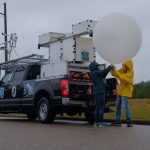
Researchers prepare to launch an experimental weather balloon on April 5, 2022, near a storm in Greenville, Alabama. (NOAA) This winter has brought multiple rounds of devastating severe weather to the southeastern U.S., with more…

Researchers prepare to launch an experimental weather balloon on April 5, 2022, near a storm in Greenville, Alabama. (NOAA) This winter has brought multiple rounds of devastating severe weather to the southeastern U.S., with more…

DaNa L. Carlis, Ph.D., a research meteorologist and experienced scientific leader, has been named the director of NOAA’s National Severe Storms Laboratory (NSSL) in Norman, Oklahoma. He will join the world’s preeminent research institution for…

When COVID hit in March 2020, the future of the NOAA Hazardous Weather Testbed became unclear. In-person collaboration was off the table. With everyone working from home, could the Spring Experiment survive?
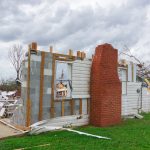
Has a tornado hit your house or your community? Have you received a tornado alert? NOAA scientists want to hear your story. The new Tornado Tales citizen science tool is an online survey that provides…
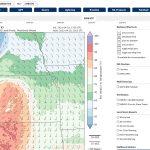
The Warn-on-Forecast System is a research project at the NOAA National Severe Storms Laboratory that aims to increase lead time for tornado, severe thunderstorm and flash flood warnings. Since its inception in 2009, researchers have…
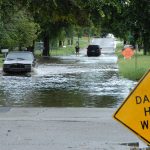
New climate modeling research shows heavy rainfall events will cause more frequent and stronger flash floods by the end of the century, especially in the southwest and central United States. NOAA National Severe Storms Laboratory…
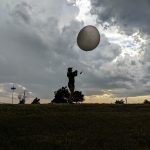
It’s severe weather season and researchers at the NOAA National Severe Storms Laboratory are busy taking instruments to the storms, collecting experimental radar data, and collaborating with partners in the NOAA Hazardous Weather Testbed to…
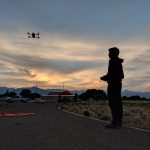
Tony Segalés Espinosa says his love of small-scale aircraft began as a kid, flying model aircraft with his dad. Today, that love transfers into engineering drones for severe weather research.
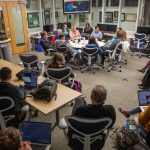
Based on research with SPC forecasters and research with language experts, a researcher recommended a new SPC risk communication scale model in order to improve weather outreach to Spanish-speaking communities.
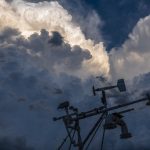
When Hurricane Ida moved inland along the Gulf Coast of Louisiana in late August 2021, a team of researchers set out to study winds associated with the damaging storm. The group, including scientists from the NOAA National Severe Storms Laboratory, captured unique datasets.